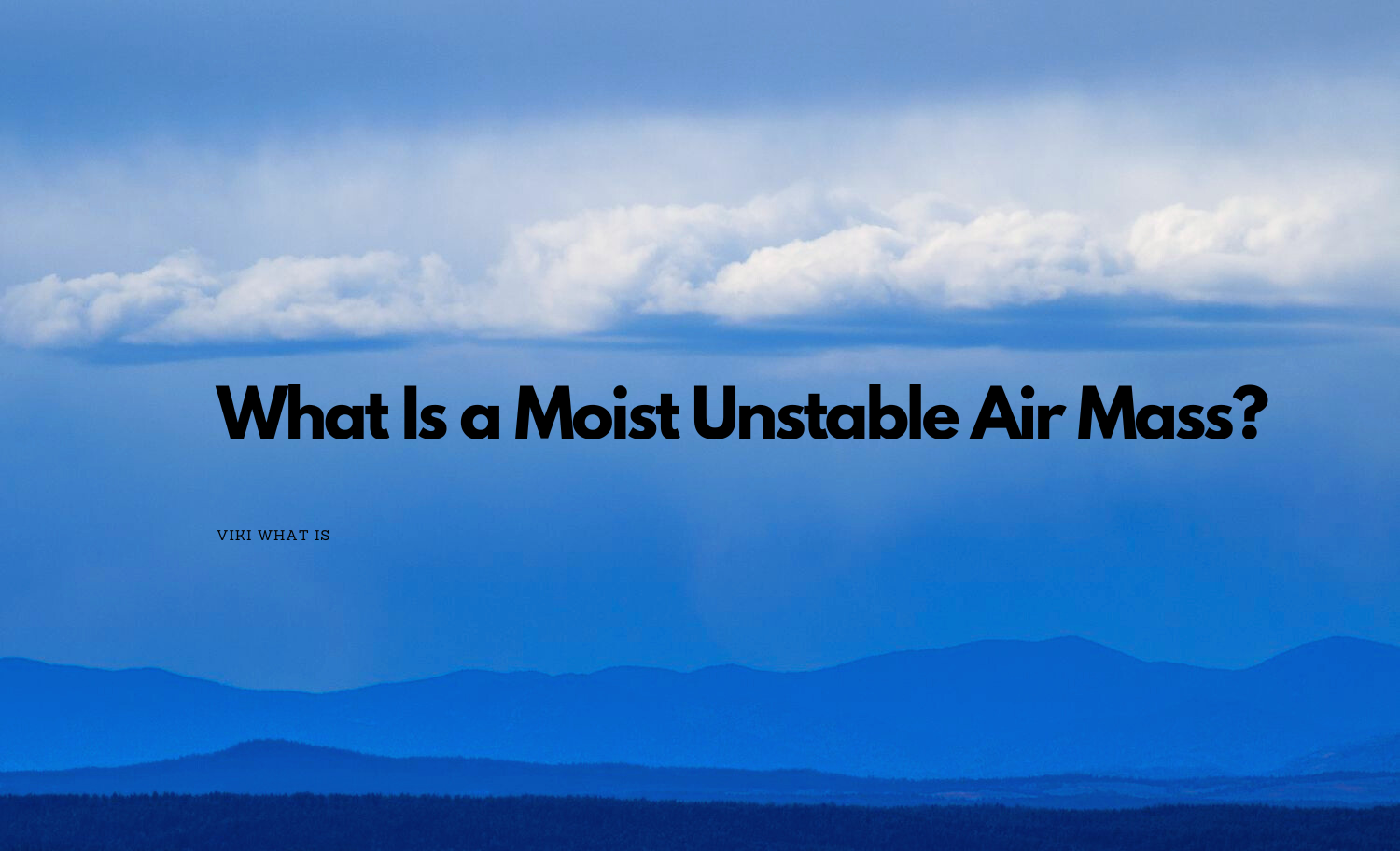Introduction
Moist unstable air masses play a pivotal role in shaping our weather patterns. These atmospheric phenomena have profound implications for meteorologists, climatologists, and the general public alike. In this article, we will unravel the mysteries surrounding moist unstable air masses, delving deep into their characteristics and the science behind them.
What Is a Moist Unstable Air Mass?
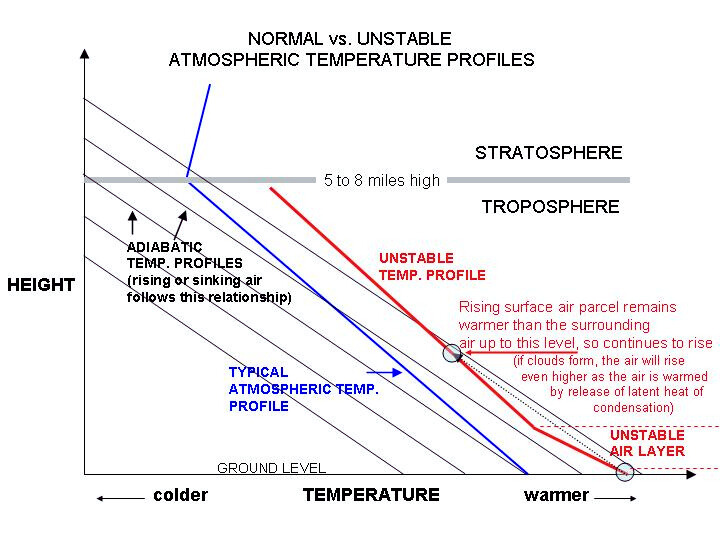
A moist unstable air mass refers to a body of air characterized by high moisture content and a tendency to rise rapidly when heated. Such air masses are laden with water vapor, making them buoyant and prone to vertical movement. This upward motion is driven by the inherent instability within the mass, which often leads to the formation of clouds and precipitation.
Warm and Moist
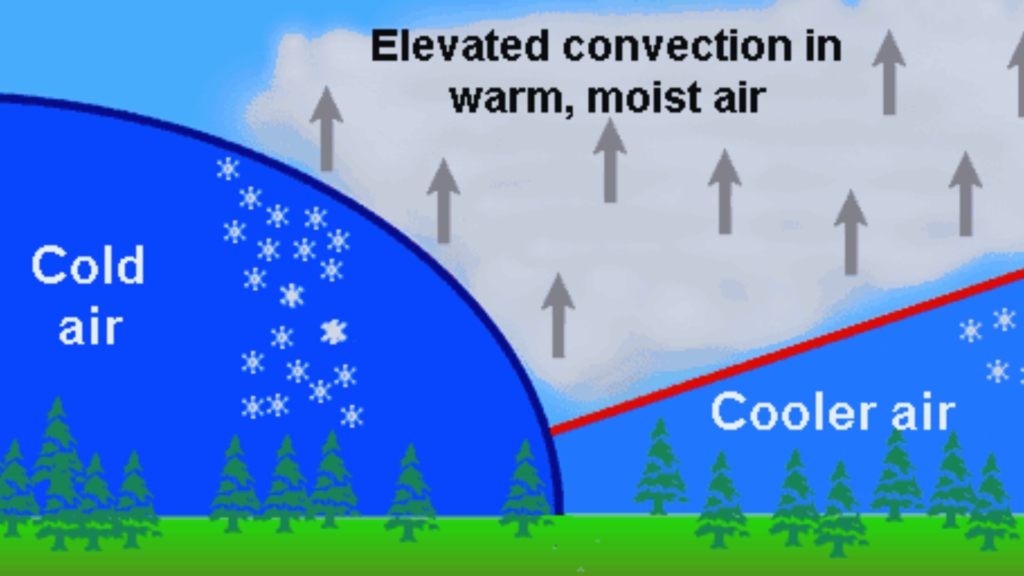
One of the key characteristics of a moist unstable air mass is its warmth. These air masses originate in warm regions, absorbing heat from the Earth’s surface. As the air warms, it gains energy, becoming more volatile. This warmth enhances the air’s capacity to hold moisture, creating an environment conducive to cloud formation and, eventually, rainfall.
Rising Instability
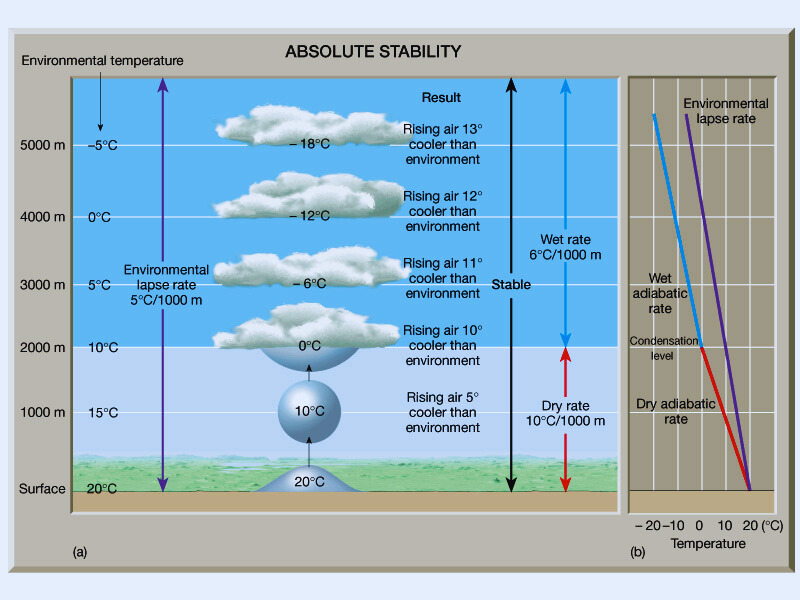
The instability within moist air masses is a result of temperature differentials and moisture imbalances. When warm, moist air is juxtaposed with cooler, drier air, the warm air rises, seeking equilibrium. This vertical movement gives rise to convective currents, which are the building blocks of storms and other severe weather phenomena.
Condensation and Cloud Formation
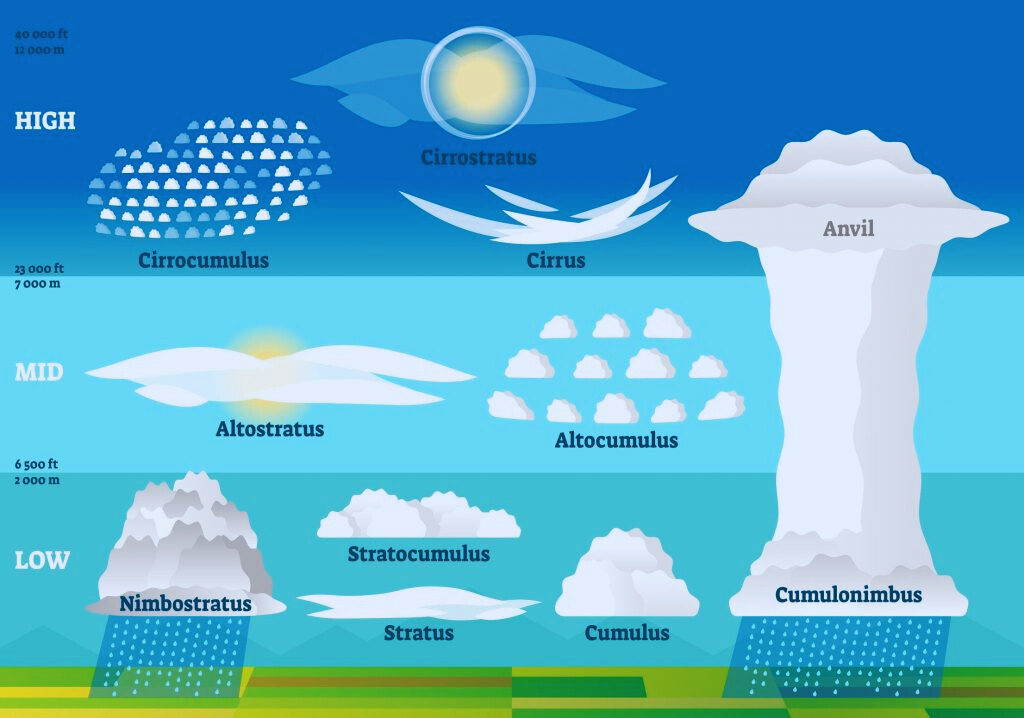
Within a moist unstable air mass, the rising warm air eventually cools as it ascends to higher altitudes. This cooling leads to condensation, wherein water vapor in the air condenses into tiny water droplets. These droplets gather to form clouds, ranging from fluffy cumulus clouds to towering cumulonimbus clouds, depending on the stability and moisture content of the air mass.
Atmospheric Disturbances
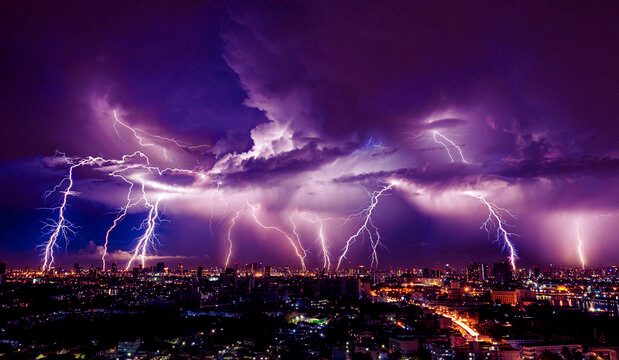
Moist unstable air masses are often associated with various atmospheric disturbances. These disturbances include thunderstorms, hurricanes, and tornadoes. The intense upward motion within these air masses creates the ideal conditions for the development of these weather events, which can have significant impacts on the regions they affect.
Weather Phenomena
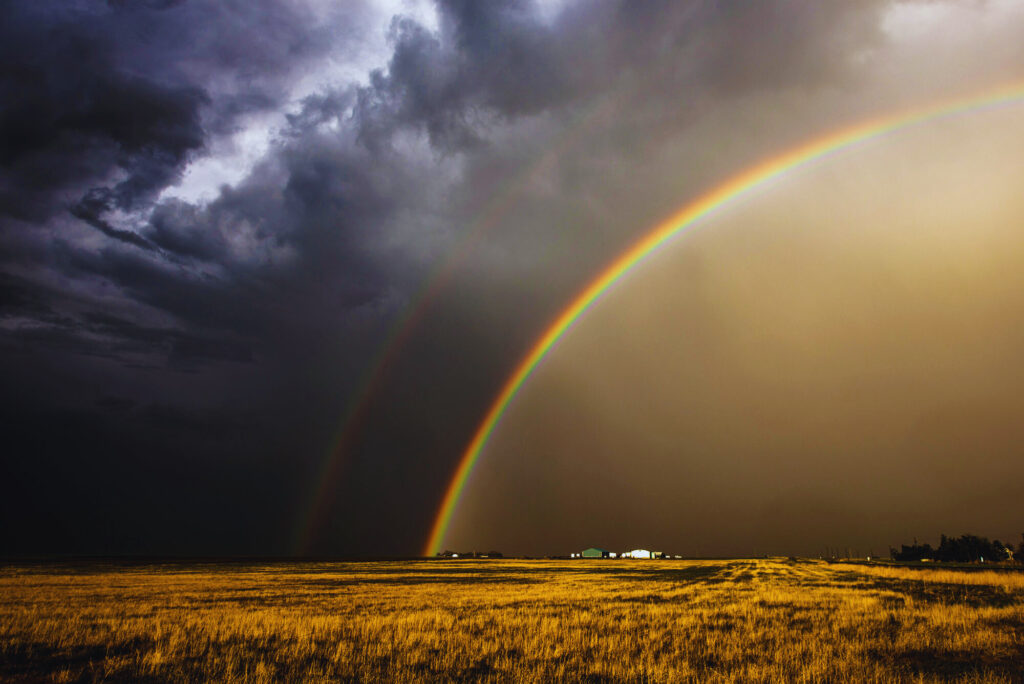
The influence of moist unstable air masses extends beyond individual storms. They contribute to larger weather patterns, influencing regional climates and seasonal weather variations. Understanding the behavior of these air masses is crucial for meteorologists, as it allows them to predict and prepare for a wide range of weather phenomena, from heavy rainfall to prolonged droughts.
Human Impact and Precautions
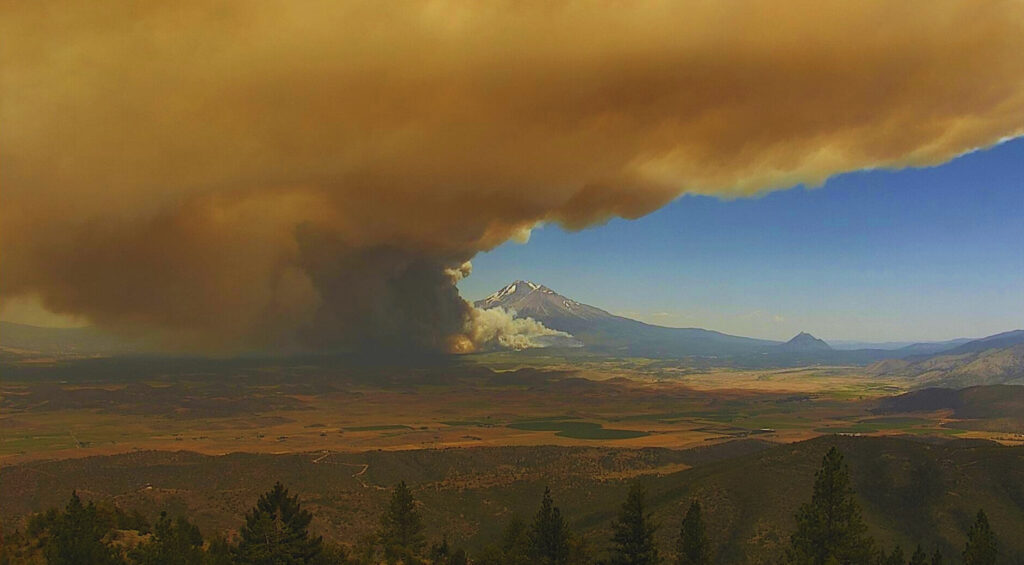
While moist unstable air masses are natural atmospheric occurrences, human activities can exacerbate their effects. Climate change, deforestation, and pollution can intensify the instability within these air masses, leading to more frequent and severe weather events. It is essential for communities to be aware of these impacts and take necessary precautions to mitigate potential risks, such as implementing robust disaster preparedness measures and sustainable environmental practices.
Conclusion
In conclusion, understanding the characteristics of a moist unstable air mass is vital for comprehending weather patterns and predicting atmospheric phenomena. The warm, moisture-laden nature of these air masses, coupled with their inherent instability, gives rise to a wide range of weather events, from thunderstorms to hurricanes. By acknowledging the impact of these air masses and taking proactive measures, communities can better prepare for and mitigate the effects of severe weather events.
Read also: How Are Mirrors Made: The Craftsmanship Behind Reflection
The instability within a moist air mass is primarily caused by temperature differentials and moisture imbalances. When warm, moisture-laden air interacts with cooler, drier air, the warm air rises, creating convective currents and instability within the mass.
While moist unstable air masses contribute significantly to severe weather events, they are not the sole cause. The interaction between various air masses, including cold and warm fronts, also plays a crucial role in the development of storms, hurricanes, and tornadoes.
Communities can prepare for severe weather events by implementing early warning systems, constructing resilient infrastructure, and educating residents about evacuation procedures and emergency supplies. Additionally, fostering sustainable environmental practices can mitigate the long-term impacts of these events.
Yes, moist unstable air masses can lead to prolonged droughts in certain regions. When these air masses are absent or inhibited by other atmospheric conditions, it can result in reduced precipitation, leading to drought conditions.
